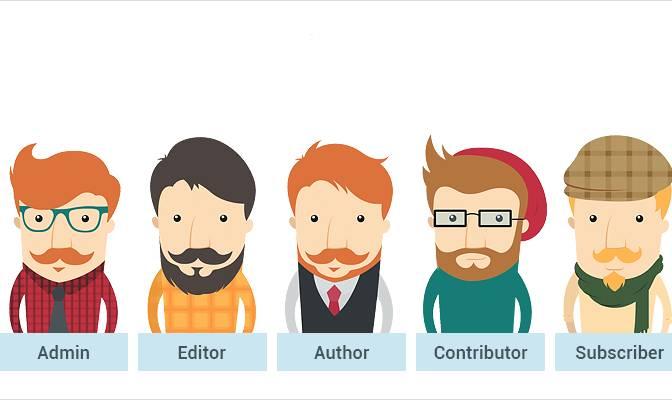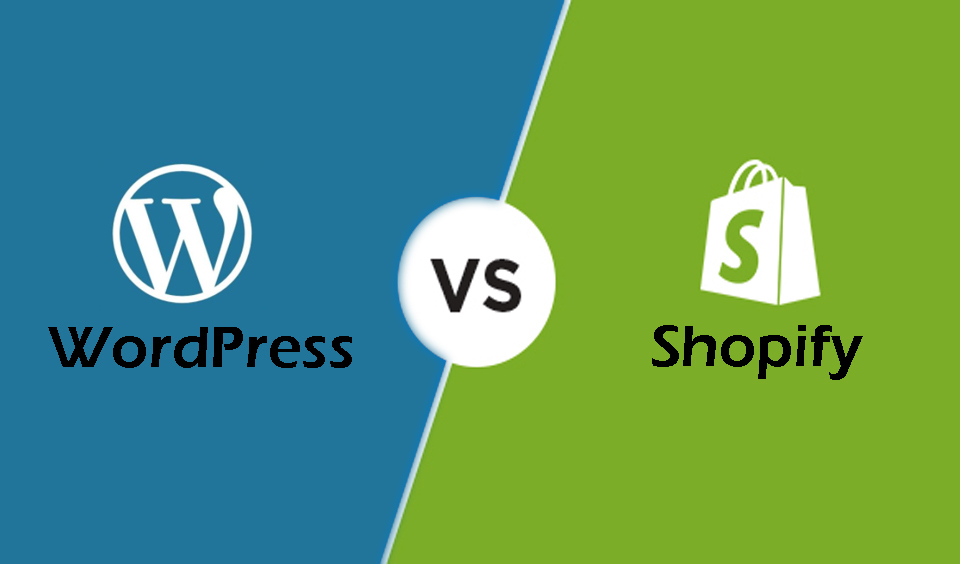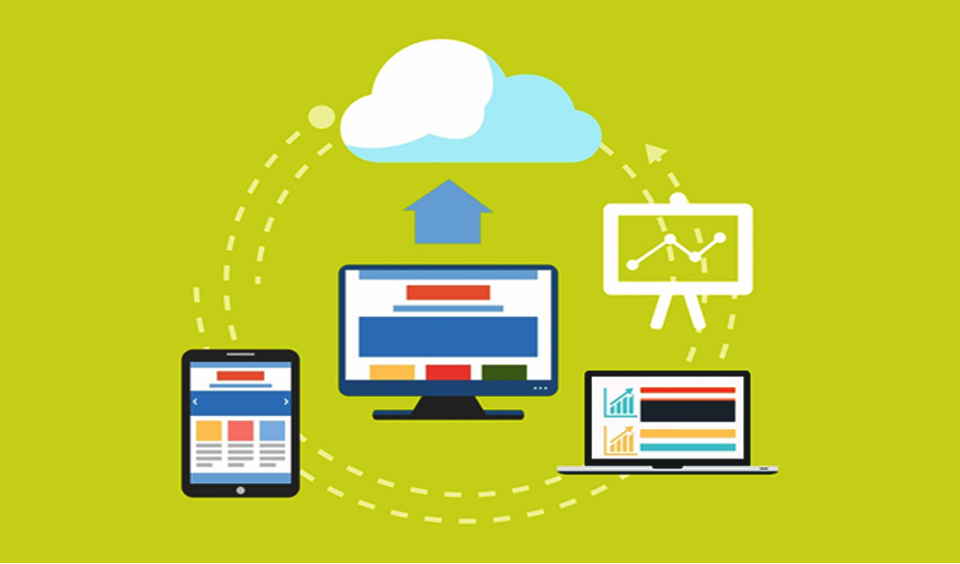WordPressuses the concept of Roles, keeping your account safe by allowingusers to edit your content without using your login whileat the same time, allowing you to limit the access given.The site owner can manage the user access to certaintasks such as writing and editing posts, creating pages, categories,editing comments, managing plugins, themes as well as other users.
Thereare six pre-defined roles: SuperAdmin, Administrator, Editor, Author, Contributor and Subscriber.
TheSuper Adminrole for example can perform all possible tasks.This role applies to WordPress Multisites. Super admins are in chargeof the whole network and make major changes such as adding new sitesand deleting old ones. They also manage users, plugins, and themes.
Allthe other roles have a decreasingnumber of capabilities which should not be considered as seniority toanother role. Rather, the role defines the user’s responsibilitieson your website.
Administrator

The Administrator has full access and can handle all site administration.They are also the only role which can see Word Ads revenue (theofficial WordPress advertising program available for site owners).
TheAdministrator can create more administrators, remove or invite newusers, change roles. They have full control over pages, posts, files,settings, comments, themes and other users.
Thereare no limits to an Administrator’s capabilities including deletingthe entire website. This is why it’s recommended that there is onlyone Administrator per site.
Editor

Editorscan create, publish, edit and delete any page or post, as well asones created by other users. They can also manage categories,comments, links and tags.
Author

Authorscan manage all content created only by them, as well as upload andpublish files. They cannot modify or delete pages, nor posts by otherusers. They can edit comments on their posts.
Contributor

Contributorscan write and edit their posts but they cannot publish them beforebeing revised by an Administrator. Once the post is approved andpublished it cannot be edited by the Contributor. They cannot uploadfiles but they can see stats of your site.
Follower

Followershave no editing rights; they simply receive notifications when youpublish a post. They are however allowed to leave comments.
Viewer

Viewersare users who can see only private sites and have no editingprivileges. All they can do is read the private posts which they wereinvited to and comment.
Subscriber

Theyare the same as Followers only in this case the option will be shownonly if you have an installed plugin and a Business plan.
Asmentioned before, all the above capabilities are pre-defined inWordPress. If you want to create custom ones, you can use a pluginlike User Role Editor. With this plugin, you can do very helpfulstuff like blocking certain admin menu items per role, manage accessper page/post/plugin/theme, etc.
Secureyour website’s efficiency by carefully selecting and managing youruser roles. Clearly define each one and you will have a well-builtand professional team!
Doyou have any more questions? Drop a comment bellow and we would loveto help!





